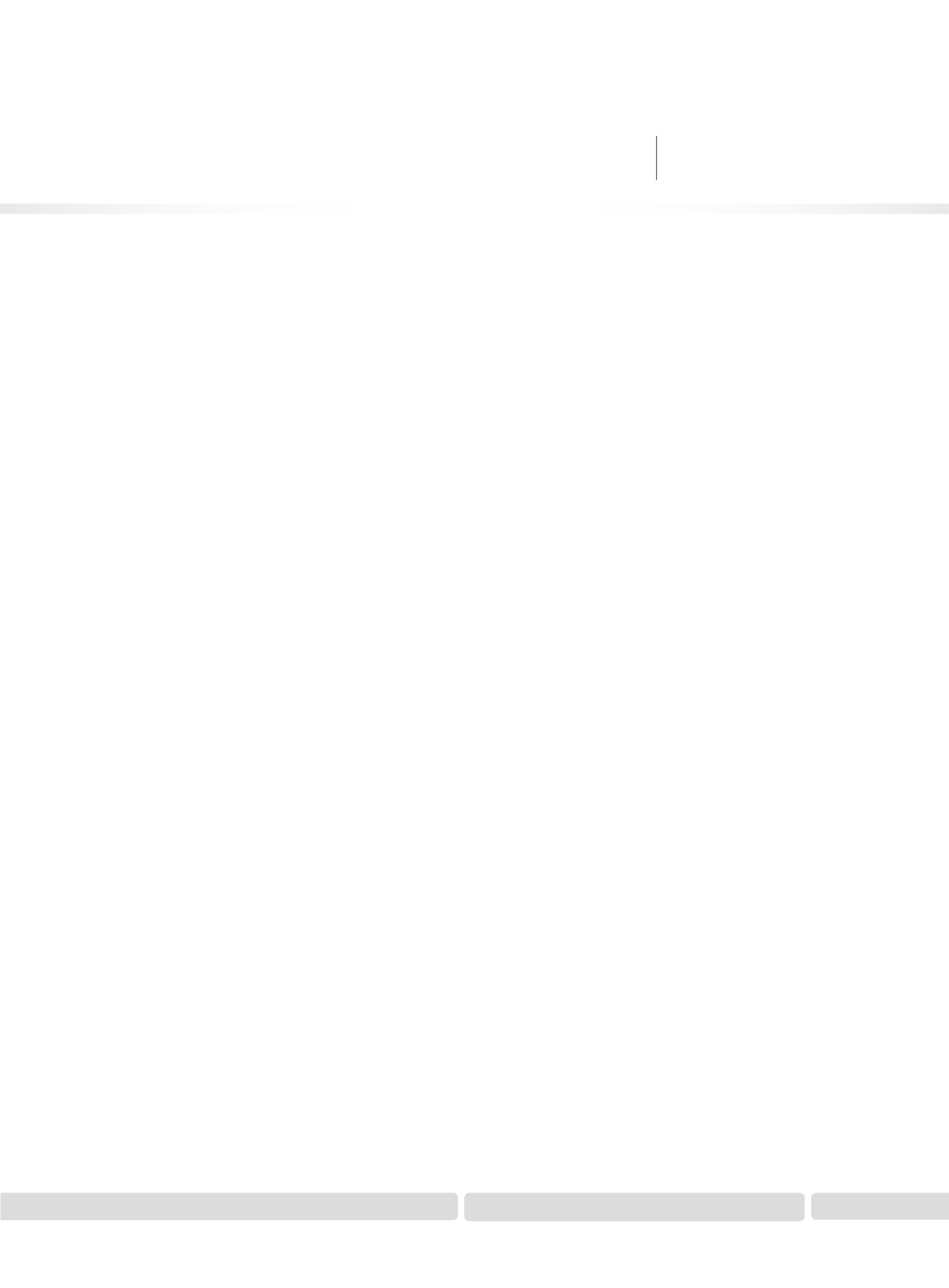

Page 55
Euro Pharma Chemistry & Future Pharma 2019
Volume 08
Research & Reviews: Journal ofPharmaceutical Analysis | ISSN : 2320-0812
June 27-28, 2019 | Amsterdam, Netherlands
12th World congress on
Joint Event
4
th
Pharmaceutical Chemistry Conference Future Pharma
Thymol loaded sodiumalginate and ethyl cellulosemicroparticles by precipitation technique:
A comparative study
Yashawant Pralhad Bhalerao
1
and
Shrikant J Wagh
2
1
Gujarat Technological University, India
2
Gujarat Power Engineering and Research Institute (GPERI), India
B
iodegradable polymers are widely used as a drug carrier due to their properties such as better encapsulation
efficiency and controlled/sustained release action. Thymol loaded sodium alginate and ethyl cellulose
microparticles can be successfully prepared by precipitation method without any incompatibility issues.
The main objective of this work was to suitably encapsulate thymol in a biodegradable polymer shell by
precipitation technique so that a comparison can be done on the basis of results, such as encapsulation
efficiency, release rate, etc. Sodium alginate and ethyl cellulose were used as a polymer shell material and
thymol as a core or drug material. The effect of drug-polymer ratio, stirring speed, and time on encapsulation
efficiency and drug release were studied. No chemical interaction between thymol and sodium alginate, as
well as between thymol and ethyl cellulose were observed in the FTIR study, and the beads obtained were
spherical and distinct in nature as seen in SEM analysis. XRD analysis of the sample reveals that majority of
the drug was entrapped within the polymer and is dispersed homogeneously at molecular level. Formulation
showed that the encapsulation method used gives a sustained action in
in-vitro
release. Formulation between
thymol and sodium alginate shows maximum 95.18±0.43% drug release in 10 h, whereas the formulation
between thymol and ethyl cellulose shows maximum 98.36±0.37% drug release in 10 hours. Encapsulation
efficiency (EE) of thymol loaded ethyl cellulose and sodium alginate microparticles shows direct relationship
with the polymer concentration i.e. EE is higher at higher polymer concentration and minimum with lower
polymer concentration. (Or polymer concentration increases the EE). The percent EE between thymol and
sodium alginate of the microparticle was calculated to be in the range 31.18% to 96.81%. On the other hand
the EE between thymol and ethyl cellulose was obtained in the range of 63.12% to 75.47%. This study
revealed that the ethyl cellulose is a promising shell material for sustained delivery of thymol which might be
due to the smaller particle size of the microparticles.
Pharmaceutical Analysis 2019, Volume 08














